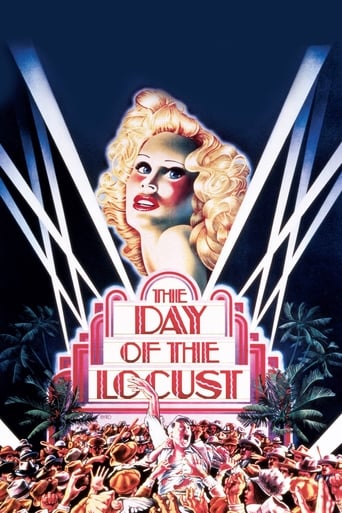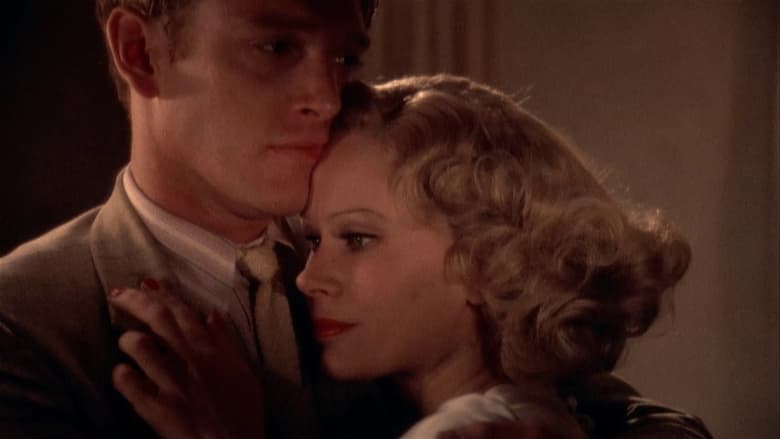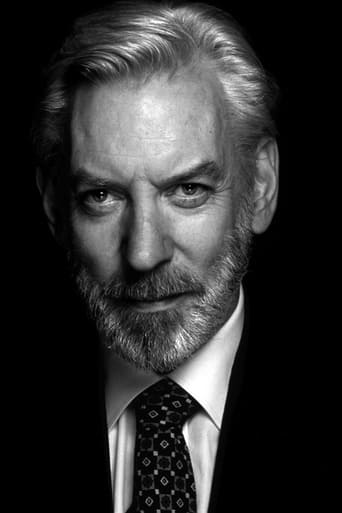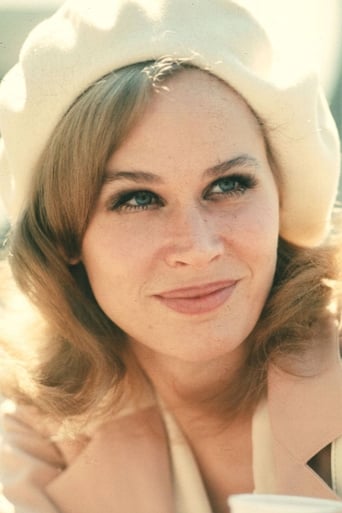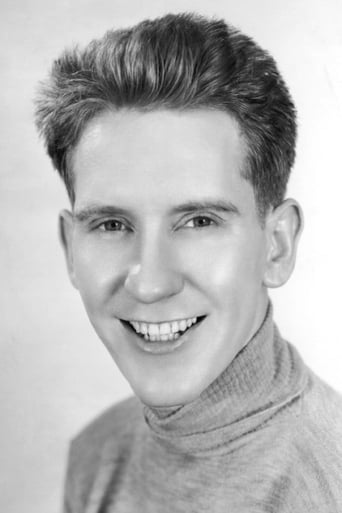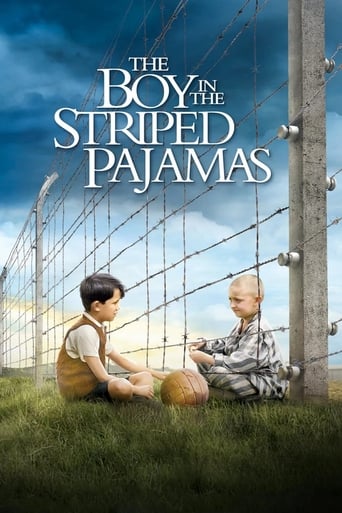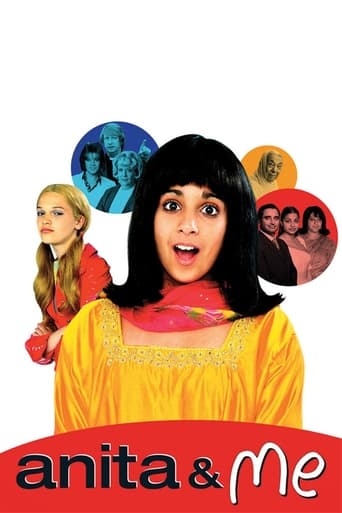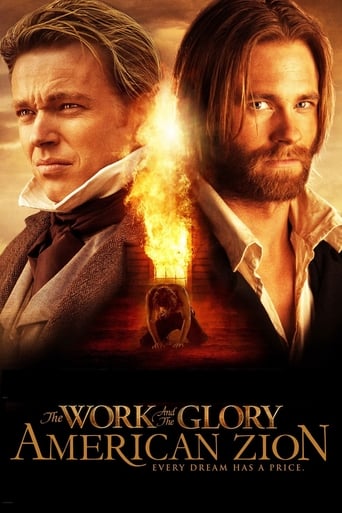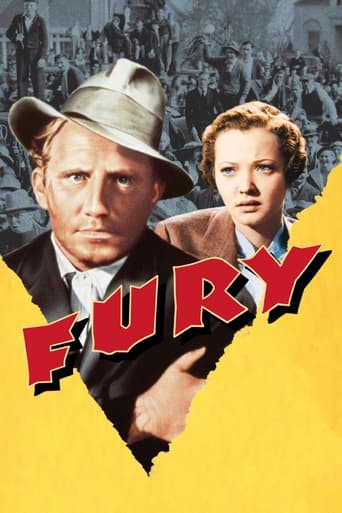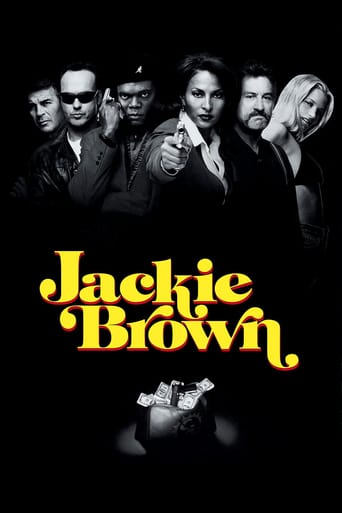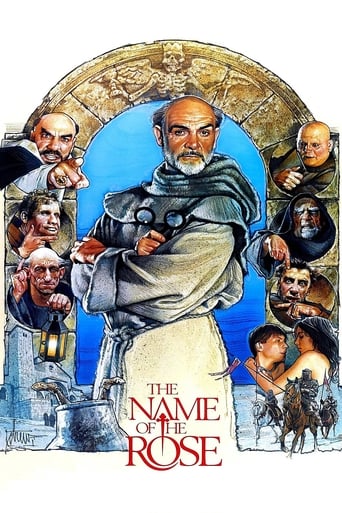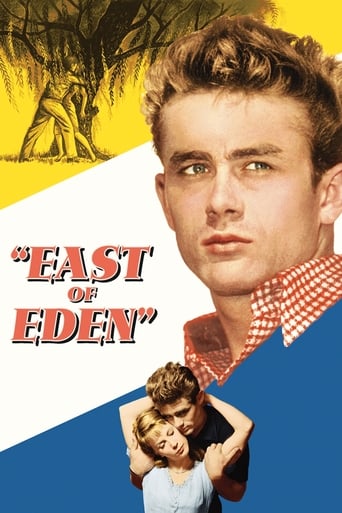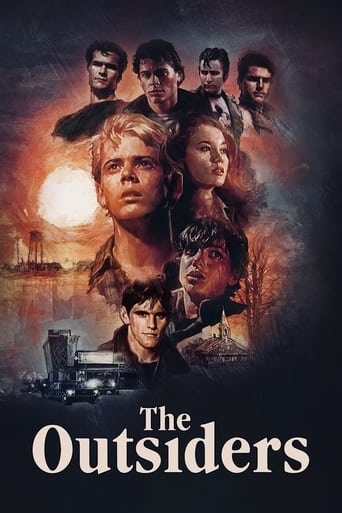The Day of the Locust (1975)
Hollywood, 1930s. Tod Hackett, a young painter who tries to make his way as an art director in the lurid world of film industry, gets infatuated with his neighbor Faye Greener, an aspiring actress who prefers the life that Homer Simpson, a lone accountant, can offer her.
Watch Trailer
Cast


Similar titles
Reviews
Based on one of Nathanael West's five short novels, this movie portrays and attacks Hollywood of the late 30s, just as the Nashville, released the same year, satirized Nashville. Although there have been many satires about the movie industry, none is quite as acerbic as this one.Set in a Southwestern adobe apartment complex, the San Bernardino Arms, we see an assortment of Hollywood hopefuls, has beens, and want-to-bes as well as some hucksters and con men. The story is viewed through the eyes of Tod Hackett (William Atherton), a talented Yale sketch artist and set designer who actually does get a Hollywood job in his chosen field. Faye Greener (Karen Black) is there as an extra and dreams of making it big someday. She lives with her father, Harry Greener (Burgess Meredith), a washed up vaudevillian clown who goes from neighborhood to neighborhood, selling bottles of elixir, using his old vaudeville routine as a sales pitch.Adore (Jackie Earle Haley) is the brat child actor with the stereotypical stage mother. Another REALLY obnoxious character is Abe Kusich (Billy Barty), a dwarf bookie who takes advantage of his difference, knowing that no one can really fight back—I've personally known people like this who use their apparent disadvantages to their own obnoxious advantage. (Both Adore and Abe fit into this category. I mean, who can lash out against a child or a dwarf?) Homer Simpson (Donald Sutherland) also belongs to this strange group of Hollywood misfits. He is really the ultimate outsider. He is a strange repressed accountant from the Midwest, who really wants to be loved for who he is. After Harry Greener's death, Faye, uses Homer---for his money and slavish love —as long as his unrequited worship of her remains intact.Most of the men love Faye and want her as their girlfriend or lover. She almost drives Tod crazy, since he tries to get her to love him, but she says something like 'I don't love you that way.' When he asks her why she would have sex for money, she screams 'That's different!! They are STRANGERS!!!' The asexual Homer is different too: He just loves to be around her and cook for her. "Big Sister (Geraldine Page)—who could have been based on Aimee Semple McPherson—is the woman evangelist begging for money in exchange for promises of everlasting live, health, and happiness is Hollywood's religion, 'the false, utopian theology California is famous for." I'm not sure what the symbolism is behind the movie's constant motif of cockfighting. It could represent male sexual competition (cock fighting) or it could be the need for voyeuristic nihilism so prevalent in Hollywood. The final scene of the movie is very long. (And I think it is way overdone.) It starts with a Hollywood premier of Cecil B. DeMille's The Buccaneer (1938)and ends in chaos, death, and destruction. The movie is mostly filmed through a yellow lens, suggesting 'sunny' Southern California.
I've always relished the irony in the fact that Nathanial 'Pep' West was the brother-in-law of S.J. Perelman in the sense that Sid Perelman was a very successful humorist whilst Pep West was a dramatic writer who couldn't get arrested for the majority of his career and the four novels - A Cool Million, The Dream Life Of Balsno Snell, Miss Lonleyhearts, and The Day Of The Locust sold in the hundreds, if not dozens, rather than the thousands/millions of less gifted novelists. Miss Lonleyhears was arguably the most successful if our yardstick is film adaptations but most admirers will tell you that Locust is the one to beat. Given it's tough to adapt Waldo Salt has made a decent fist of it and Karen Black and Donald Sutherland weighed in with a brace of great performances. Not exactly a date movie but you could do worse than make a date to watch it.
As if they were mocking the love of everything 20's, 30's and 40's on TV, Broadway and the movie screens, the writers of this screenplay tear apart the legend of movie's so-called "Golden Age". Karen Black, fresh from flying the plane in "Airport '75" (and free from that knife-wielding monster in "Trilogy of Terror"), is a blonde bombshell in 1933 Hollywood who appears in a 1937 Eddie Cantor movie called "Ali Baba Goes to Town" and is upset when most of her one scene is deleted. She selfishly leads lovers along until she meets Homer Simpson (Donald Sutherland), a not-so-cartoonish loner who saves her father (Burgess Meredith) during an attack of exhaustion. Black gives a really mesmerizing performance, especially in scenes where she deals with her father's death and her own insecurities, but ultimately her character is too unlikable.Billy Barty, who in 1933 was making cameos in Busby Berkley musicals, plays a troubled neighbor, and Geraldine Page has a dramatic one-scene cameo as an Aimee Semple McPherson type evangelist. Vintage 30's music, like the previous year's "The Great Gatsby", provides the only real nostalgia since the theme is actually dark and depressing. Burgess Meredith's funeral sequence is interrupted at the Hollywood Cemetery when it is announced that a movie star named Mr. Gable has just arrived. The attitude is satirical but inappropriately so, since the comedy is actually pretty mean spirited. A genuine 30's atmosphere is felt, but this is is not a pretty look at Tinsel Town. Audiences who expected "The Sting" or even "Gatsby" got stung here, and I'm sure many walked out. There is a violent scene involving an attempted rape over jealousy between two men organizing a cock fight. Backstage scenes at Paramount where a film about Napoleon is being shot while everything goes wrong seem genuine, although "College Swing", advertised in the background, wasn't made until several years after this took place. But get a load of "Gilligan's Island"'s Natalie Schafer as a Hollywood madam who shows porno at her parties, a drag queen who performs Dietrich's "Hot Voodoo", and a Shirley Temple like performer so hatefully obnoxious that she (?) makes Temple's rival Jane Withers seem like an angel.If director John Schleshinger's goal was to create a film audiences wouldn't soon forget, he reached his goal. Technically (especially visually), it is outstanding. However, for me, it was not in the way he intended to. This moves past the darkness of his previous nostalgic film "They Shoot Horses, Don't They?", taking tastelessness to a new level that only seemed appropriate in 1975 in John Waters' underground movies.
***SPOILERS*** Based on Nathanael West's 1939 short story "Day of the Locust" the film lives up to all it's hype even though it was hardly a smashing box office success back in 1975 when it was released. The movie starts out with young Harvard educated Tom Hackett, William Atherton, trying to get a job at a big Hollywood studio as one of its graphic and art designers. Living at the San Bernardino Arms Tom runs into a bunch of people who are also looking to make it big in Tinsel Town but keep running into dead ends. It's there where Tom meets aspiring actress Faye Greener, Karen Black, who's trying to break into the movies in her feeling that the grass is greener on the other side, Tensile Town, then where she's now living.Tom in fact does get himself a good paying and prestigious job at Paramount Studios as a graphic designer but is somehow stuck on the part time actress, who's lucky to get cameo roles in the movies, Faye Greener who for some reason doesn't take advantage of Tom's position in getting her better roles. Faye as it turns out is into wild partying with the rough crowd that includes a number of Mexican cock fight enthusiasts which turns the very genteel and sensitive Tom off. In fact Tom himself gets corrupted by Faye's lifestyle in losing himself when he gets drunk and high on pot before a cock fight that gets him so horny and heated up that he almost ends up raping her.There's also Faye's father the washed up vaudevillian song & dance man Harry Greener,Burgess Meredith,who's really pushing his luck, and weak heart, as a door to door snake oil salesman who what seems like hasn't made a single sale during the entire duration he's in the movie. As Harry's luck and heart starts to run out Faye in desperation tries to get him back to health by going to see faith healer Big Moma or Sister, Geraldine Page, at one of her sermons. This in fact does help Harry out a bit but before you know it his heart gives out from all the excitement and he dies halfway through the film.The person who really steals the acting honors as well as the hearts of all of us watching the film is that sad eyed and repressed, in life love and everything else, dufus the homely and knuckle crunching Homer Simpson, Donald Southerland. Homer a transplanted Mid-Westerners has moved to the Sunshine State to live out his last years in peace and quite without expecting much excitement in doing that. it's when Homer runs into Faye who seems to have some feelings for him that his sad & sorry life starts to lighten up a bit. Faye just takes advantage of the sad sack by leading him on in that she's in love with him where at the same time is having it on with almost every man, except Homer & Tom, in the vicinity between San Bernardino to Beverly Hills.The end comes when a very naive and heart sick Homer finds out that his live in companion Faye, who has no sexual relation with him at all, has been cheating and making a complete and total fool of him which causes Homer to have an emotional breakdown. This causes a heart broken Homer to pack up and head for who knows where who then runs into the bratty 12 year old Adore Loomis, Jackie Earl Haley, who's been unmercifully teasing the poor guy since the movie started. It's when Adore pushed the wrong button, by striking him in the head with a rock, that Homer finally lost it and that set the stage for the movies fairy climax. That all happened at the grand primer and opening of Cecil B. DeMill's latest multi million dollar spectacular cinema epic "The Buccaneer". By the time that the movie "Day of the Locust" was finally over it wasn't "The Buccaneer" that everyone remembered but the riot that Adore sparked which in fact ended up burning down all of Tinsel Town!The 144 minute movie kept your interest with a number of weird sub-plots and strange characters thrown into it but that was nothing compared to it's final ten or so minutes when the earth, or Hollywood, caught fire in one of the most shocking and realistic disaster scenes,in what's not considered a disaster movie, in all of motion picture history! And that's without even the used of computer enhanced technology! Director John Schesinger staged the final riot scene much like the real life, and death, notorious April 9th 1948 "Bogotazo" that in a 24 hour period lead to the deaths and injuries of between 3,000 to 5,000 people and burned downtown Bogata Columbia to the ground.

